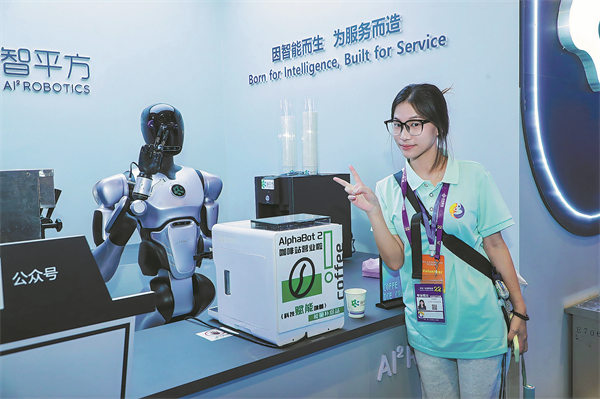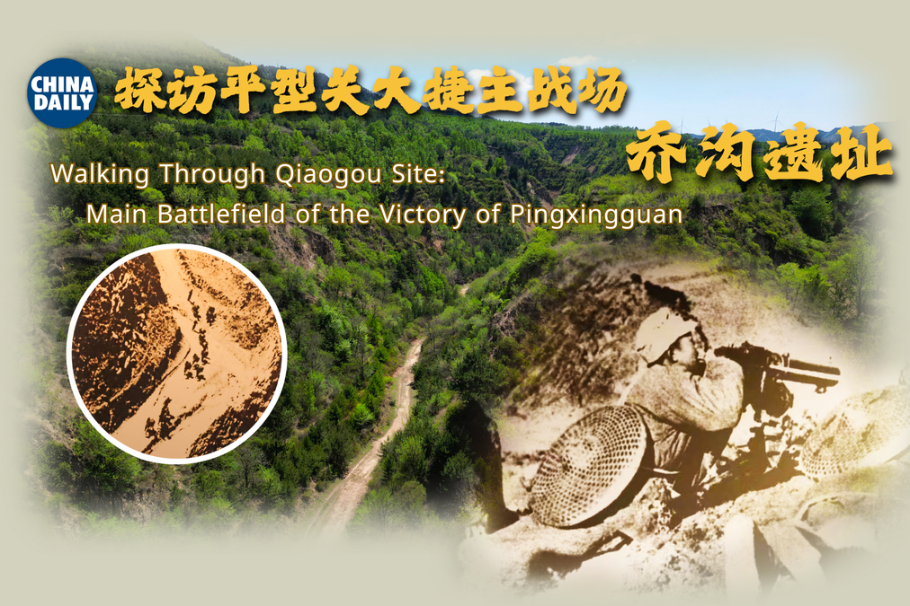Building AI bridges across regions


A youth-led perspective
Young innovators are showing how AI can drive business and trade. Zhang Yuxin of Taoshu Technology explained that navigating China's complex market can be challenging for ASEAN investors. To address this, her team developed industrial knowledge graphs that map enterprises, talent, and policies across supply chains.
"Our AI-driven analysis provides insights into local policies, industrial strengths, and regulations, helping build trust and making investment decisions more effective," she said.
She added that Chinese companies expanding abroad also need to grasp host-country conditions, including trade laws, tax policies, and technical standards — and AI can help them do just that. "With large AI models, we can bridge cross-cultural and cross-language gaps, enabling companies to navigate local environments more efficiently," Zhang said.
Duan, a participant in the China-ASEAN Young Leaders' Growth Program, reflected on guidance from Chen Gang, secretary of the CPC Guangxi Committee, who encouraged young innovators to strengthen three key abilities: cross-border learning, resource integration, and understanding the physical world.
"These qualities are vital for young leaders in the AI era," Duan said. "AI tools allow us to develop these abilities faster and share them more widely."
He was also impressed by the enthusiasm of peers from across the region. "Through exchanges with young leaders from Singapore, Cambodia, and Malaysia, I saw how much ASEAN partners value AI as a tool to tackle real business challenges, from agricultural exports to cross-border trade," he said.
"China's AI technology is evolving, and ASEAN countries have concrete needs," Duan added. "By combining these forces through the energy of young leaders, we are not only driving industrial innovation but also strengthening the bonds of a community with a shared future."




































